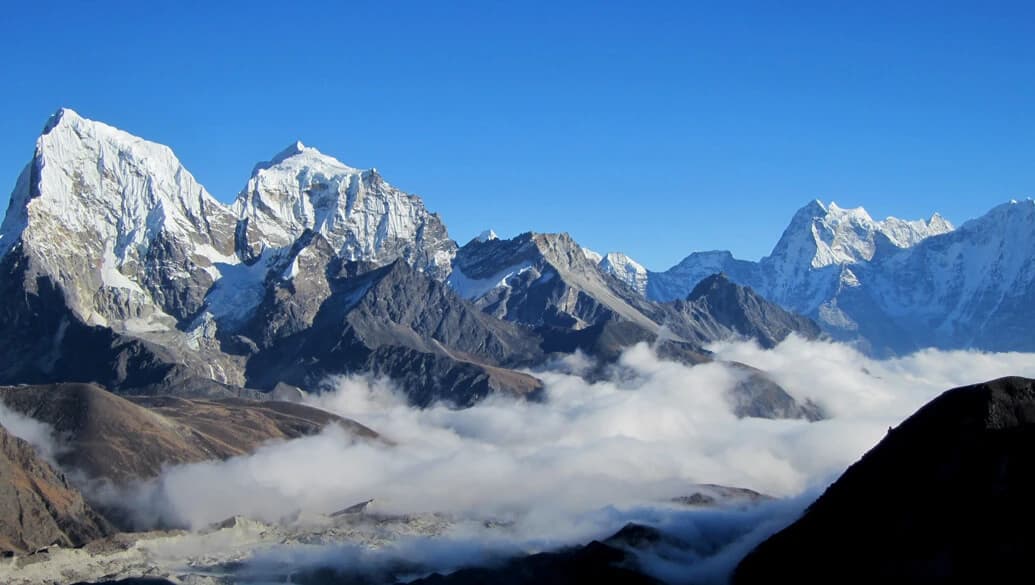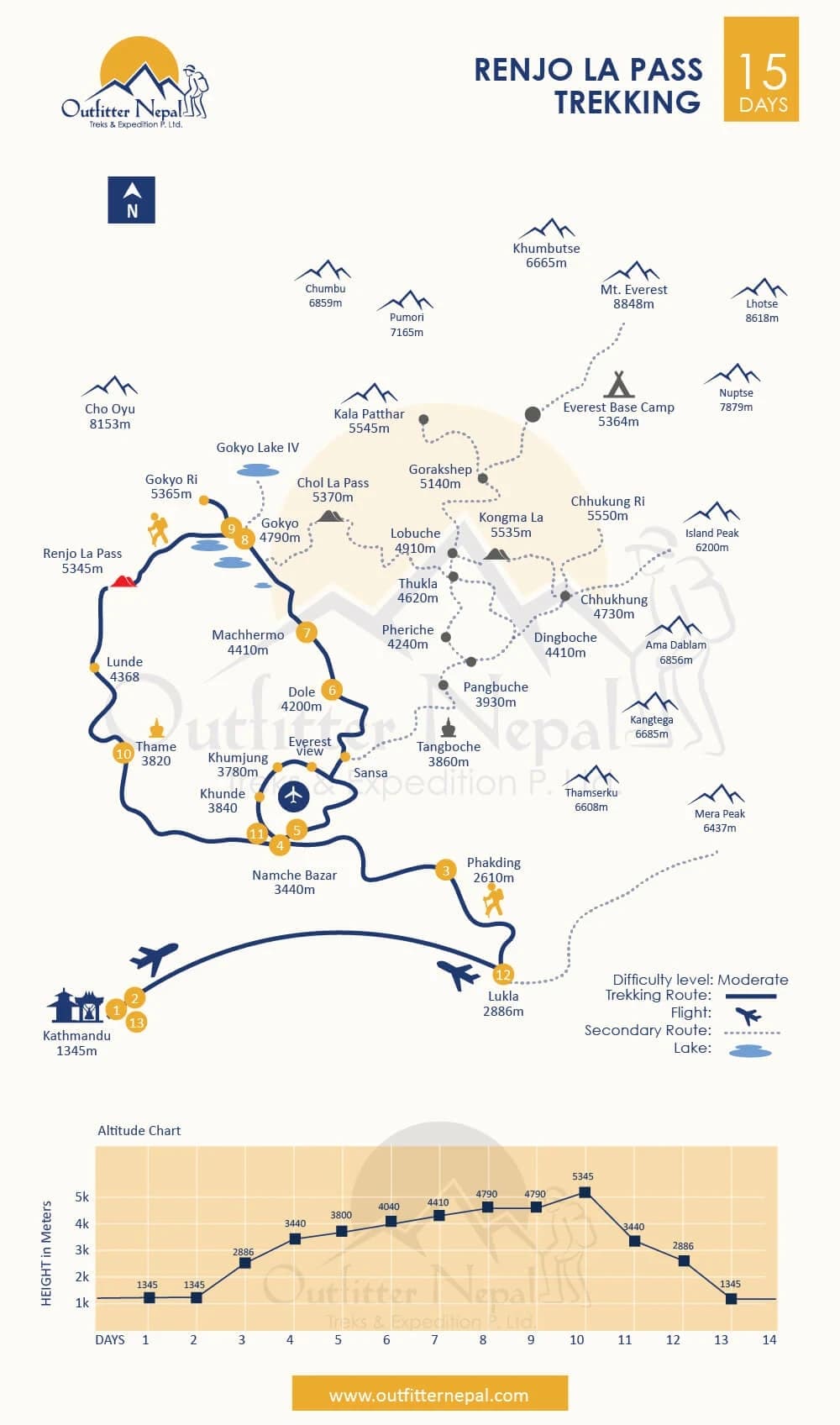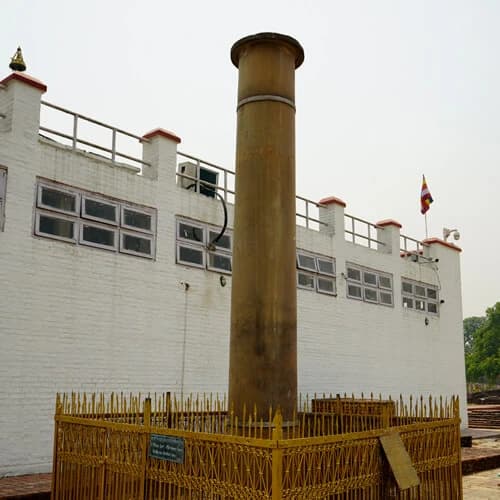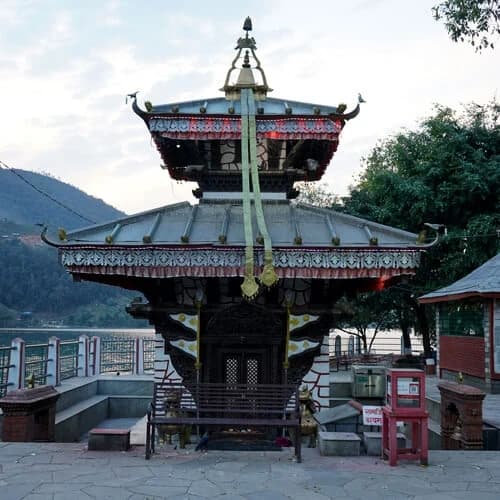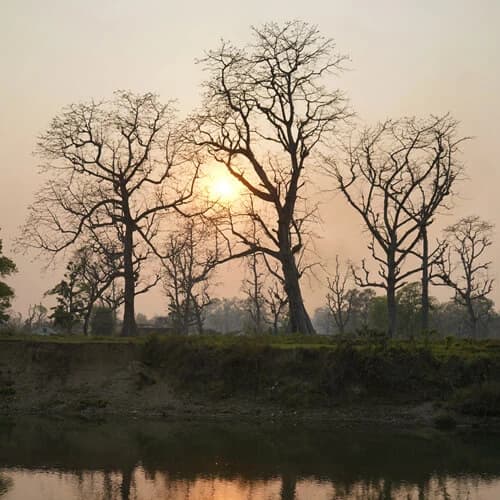Gokyo Renjo La Pass Trek Highlights
- A scenic flight to Tenzing Hillary Airport, Lukla (2,860 metres/9,383 ft), with dramatic aerial views of the Himalayas.
- A beginner-friendly trek with well-paced acclimatization days.
- Appeal for seasoned trekkers as the journey features Renjo La’s rocky trails and steep climb to Gokyo Ri.
- Hike through traditional Sherpa villages, including Namche, Dole, Machhermo, etc.
- Visit Lungden and Thame, home to ancient traditional gompas and monasteries.
- A less crowded and adventurous trek route to the stunning Sagarmatha National Park and Gokyo Valley.
- Witness breathtaking vistas of Everest (8,848m), Makalu (8,463m), Lhotse (8,516m), Ama Dablam (6,856m) and Cho Oyu (8,201m).
- It is a challenging yet rewarding trek to the Renjo La Pass (5345 m/27,536 ft), a vantage point that overlooks Gokyo Lakes and Rermo Pokhari glacial lakes.
- Glorious sunrise views of Mount Everest and other surrounding peaks from Gokyo Ri Peak (5,357 m/17,575 ft).
- Explore the beautiful and quaint Gokyo Villages and the sacred Gokyo Lakes.
- Trek with experienced guides who have years of experience in navigating the Himalayas of the Everest region.
Everest Renjo La Pass Trek Overview
Everest Renjo la Pass Trek is an exhilarating 11-day journey through the Khumbu region of Nepal. It is a perfect opportunity for you to witness the glorious Himalayas, including Mt. Everest (8848 m), Lhotse (8516m), Cho Oyu (8201m), Mt. Makalu (8463m), and Ama Dablam (6856m). The journey begins with a scenic 45-minute flight from Kathmandu to Lukla or a road from Kathmandu to Manthali Airport in Sindhuli, followed by a short flight. The route to Lukla depends on the itinerary and the time of the year you are traveling.
Everest Gokyo Renjo La Pass Trek, and then travelers to the vibrant Namche Bazaar. The Himalayan town is a gateway to the Khumbu region and a crucial acclimatization stop for trekking and mountaineering expeditions. Travelers will rest a day or two in Namche and trek further in the Dudh Kosi valley towards the sacred Gokyo lakes. You will stay at several traditional teahouses in Sherpa villages along the way. As a result, the Gokyo Renjo La Pass Trek provides an intimate exposure to the lifestyle and culture of the Sherpa community.
Moving on, you will be hiking the rugged landscapes of the Everest region, which is challenging but a rewarding experience nonetheless. The serene forest, gushing rivers, and beautiful hamlets will inspire you to keep pushing. Eventually, after days of hiking through varied landscapes ranging from dense vegetation to alpine, you finally reach the Renjo La Pass. The steep ascent will test your limits, but the incredible atmosphere against the magnificent Himalayan backdrop will mesmerize you.
Why Trek to Renjo La Pass via Gokyo?
Beyond the iconic peaks, this trek offers travelers a unique opportunity to immerse in the Everest region's vibrant Sherpa culture, history, vibrant towns, and incredible destinations. The journey is also an experience of human resilience and adaptation. By beginning this trek, you will follow the footsteps of adventurers who have conquered high mountains and feel what they did during their expedition.
The Scenic and Adrenaline-Filled Flight to Lukla
Your journey begins with your arrival in Lukla. The scenic flight takes around 45 minutes to complete, depending on the departure location. The Tenzing-Hillary Airport in Lukla has earned a global reputation for being one of the world's most thrilling and adventurous airports. It features a short runaway, which measures 527 meters (1,729 feet) in length and has a steep 12% gradient that slopes significantly uphill. The flight to Lukla is a spine-chilling experience with jaw-dropping views of snow-capped peaks, green hills, and deep valleys.
Experience the Indomitable spirit of the Sherpa and their Unique Culture.
The Everest Renjo La Pass Trek is as much a cultural journey as an adventurous one. During this trip, you will pass through traditional villages like Namche, Khumjung, and Thame, where Tibetan Buddhism is deeply rooted in their culture. The Sherpa people are native to the region and are known for their mountaineering prowess and warm hospitality. Decorated with prayer flags, chortens, and gompas (monasteries), the area reflects a deep spiritual way of living.
Explore the Sagarmatha National Park- A UNESCO World Heritage Site
Established in 1976, the Sagarmatha National Park has been a UNESCO World Heritage Site since 1970. To this day, the conservation area is a monumental treasure within Nepal's Khumbu region. You will explore the park hiking on rugged and steep terrains that pass through dramatic rivers, gorges, and high-altitude plateaus. The Sagarmatha National Park serves as a sanctuary for several species of plant and endangered wildlife. You might even catch a few glimpses of them, so always be ready to capture a memorable photo during the trek.
Namche Bazaar: The Bustling Heart of Khumbu
Namche Bazaar is called the "Gateway to Everest" and a crucial stop for acclimatization. The bustling Sherpa town is nestled at an altitude of 3,440 meters (11,286 feet) and is dotted with numerous chortens (stupas) and Gompas (Buddhist monasteries). Travelers can explore the vibrant town and delve deeper into the history and spiritual life of the local people. Traveling during June, you can experience the Mani Rimdu and Dumji festivals. The auspicious event is celebrated with cultural dance, music, and sacred rituals.
Gokyo Valley and Lakes: Everest’s Hidden Alpine Sanctuary
The stunning Gokyo valley features a breathtaking oasis of lake system fed by the glaciers of the Everest region. These lakes are located at high altitudes ranging from 4,700 to 5,000 meters above sea level and are the highest freshwater lake in the world. They are renowned for their gorgeous hues of blue and green. Apart from their natural beauty, the Gokyo lakes hold immense spiritual significance for Hindu and Buddhist devotees. The sacred site is also revered for being the dwelling place of "Nag Devta" (the Snake God).
Enjoy A Panoramic Hike to the Renjo Renjo La Pass
The Gokyo Renjo La Pass Trek is one of the three major high-altitude passes in the Everest/Khumbu region. It is an integral part of one of the most renowned expeditions in Nepal, the Everest Three Passes Trek. The Renjo La Pass connects the Gokyo Village to Lumde and provides a direct path from Gokyo to Namche Bazaar. The trail to Renjo La involves steep ascent over glacial moraines and icy landscapes. At the pass, travelers are welcomed by breathtaking panoramic views of the Everest region.
